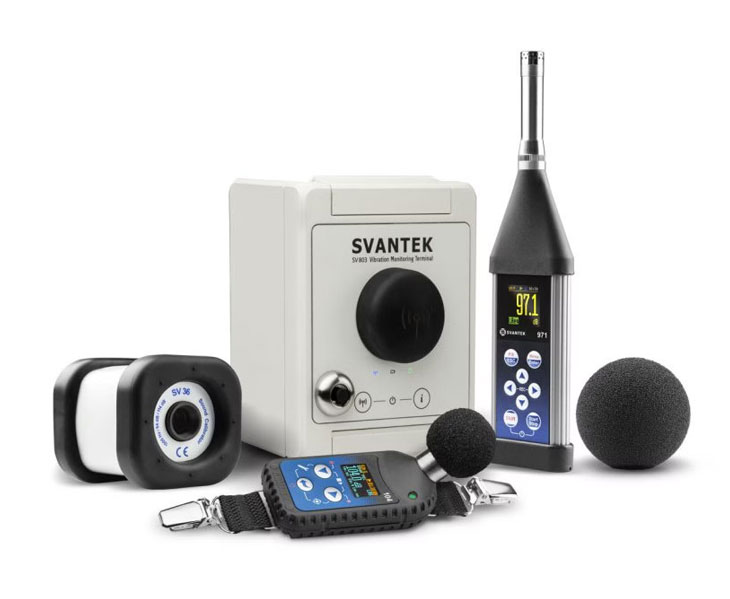Applications
Svantek’s sound and vibration level meters cater to various applications. They are utilized to assess potential health hazards linked to hand-arm vibrations and to monitor daily noise exposure in professional settings, in line with ISO standards. For sound measurement, Svantek instruments precisely capture vibrational details and employ the Speech Transmission Index (STIPA) to evaluate speech quality. For individuals in the construction and architecture sectors, these tools are pivotal in measuring vibrations in buildings and terrains and in assessing building acoustics as prescribed by ISO 16283. Prioritizing environmental health, these products are designed to record environmental noise, adhering to the ISO 1996 standards.
